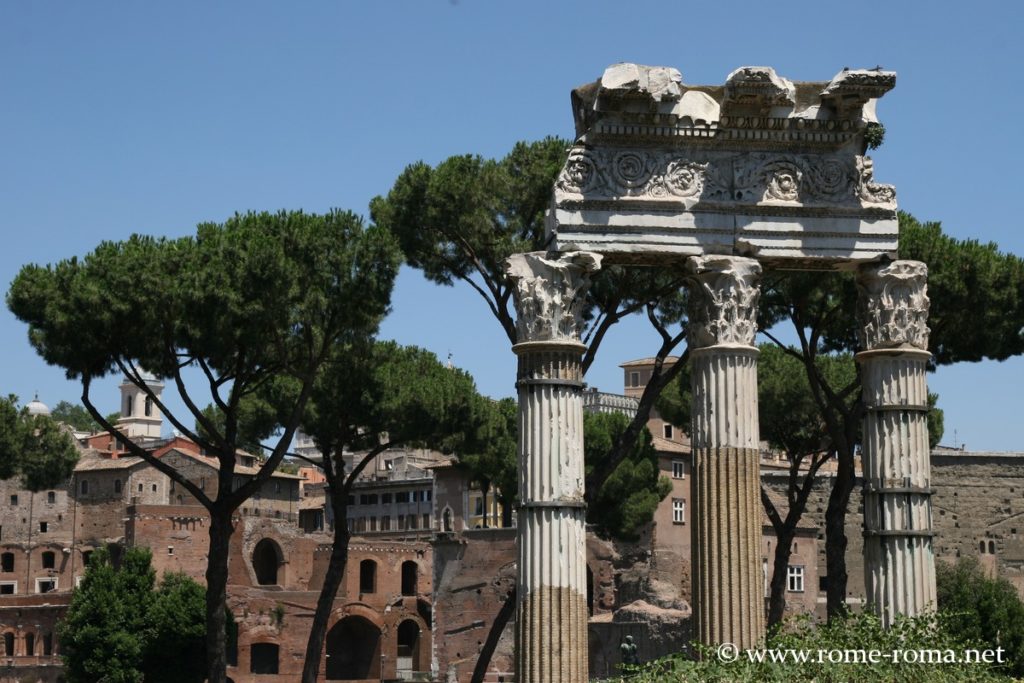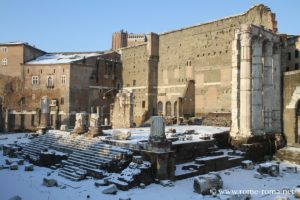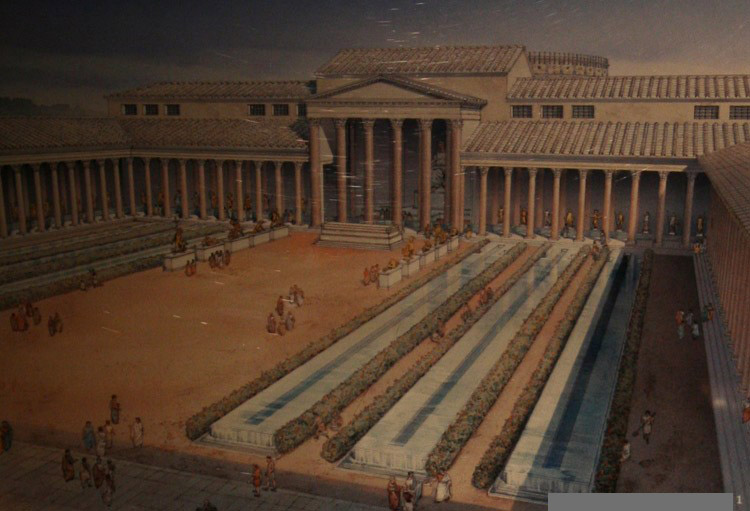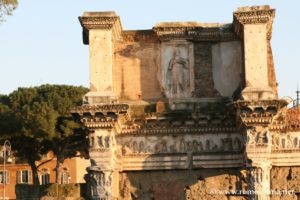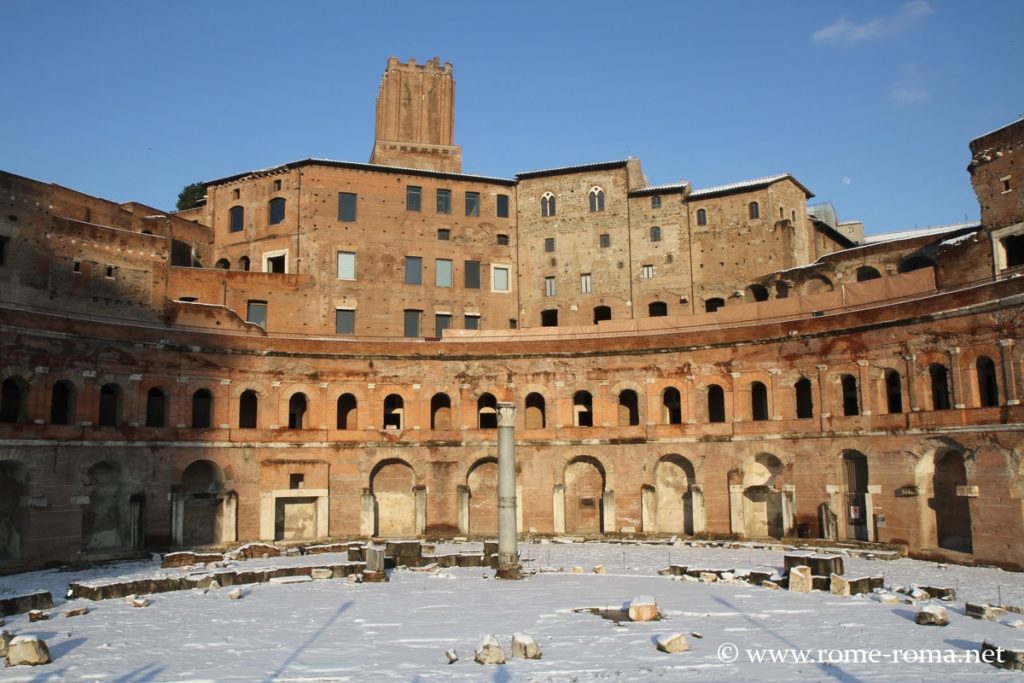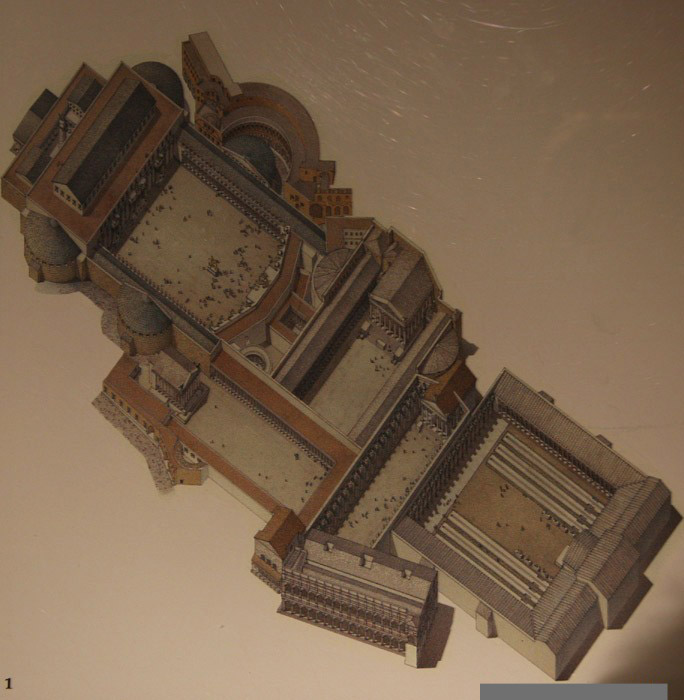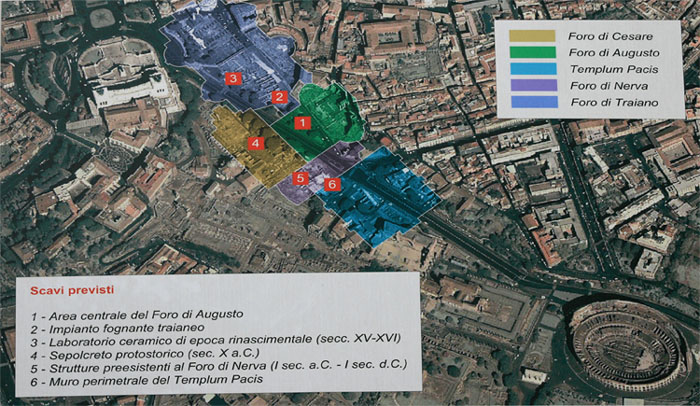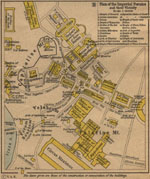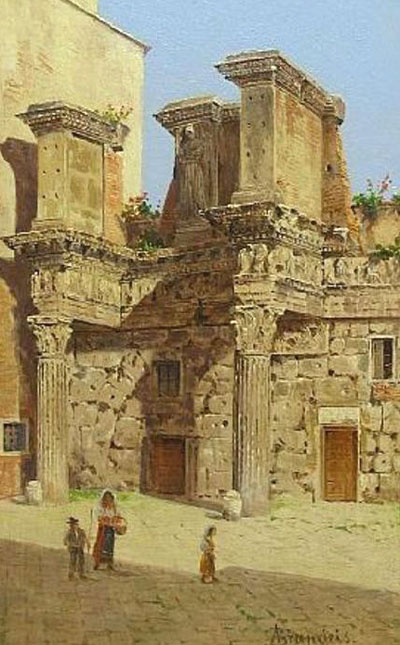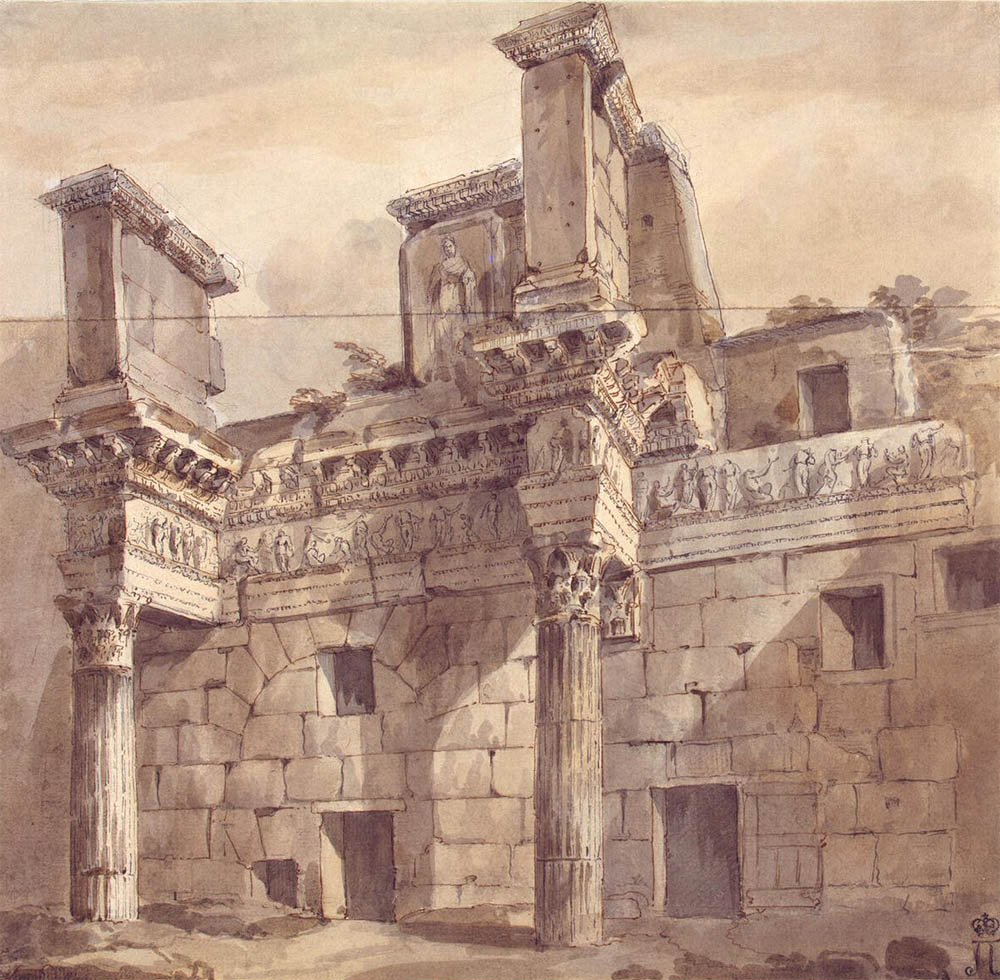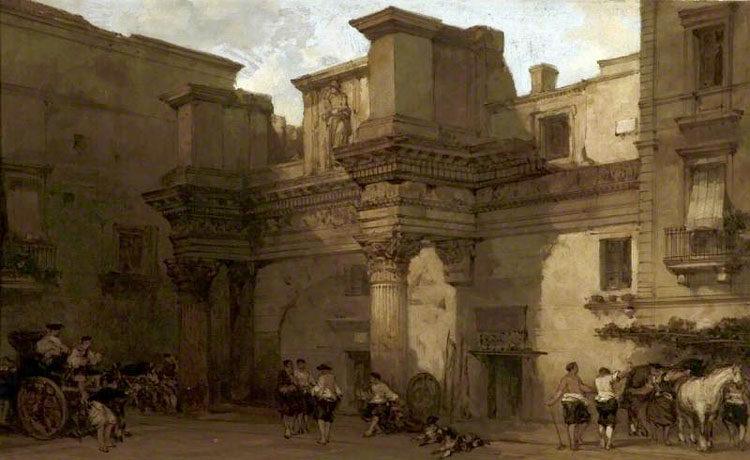The Imperial Fora, today crossed by the avenue of Via dei Fori Imperiali, which covers a large portion of this site, form an architectural complex of exceptional scale. This complex brings together several monumental buildings and squares, erected from the end of the Roman Republic and during the first 150 years of the Roman Empire.
At the end of the Roman Republic, Rome’s conquests extended from Gaul to Asia Minor. The city was then undergoing rapid demographic and economic expansion. The old Roman Forum, which had become insufficient, could no longer meet the administrative, political, and judicial needs of a growing capital. In 54 BC, Julius Caesar undertook the extension of the Forum, not only out of necessity but also to assert his power, thus giving birth to the Forum of Caesar, inaugurated in 46 BC. This expansion was later continued with the Forum of Augustus, followed by the Temple of Peace of Vespasian, the Forum of Nerva, and finally the Forum of Trajan, the most imposing and grand of them all.
Overview of the Forum of Caesar
The first of the imperial forums, the Forum of Caesar was built starting in 54 BC by Julius Caesar, as an extension of the republican forums which were insufficient to accommodate the growing population. The Forum occupied the space between the old forum and the Velia Hill, which was later leveled under the reign of Trajan. This forum consisted of a narrow square surrounded by porticoes on three sides, with a central equestrian statue of Julius Caesar. The Temple of Venus Genetrix, inaugurated by Caesar in 46 BC, stood on one side. Today, three columns and the podium remain. One can also see the remains of a portico of the Basilica Argentaria and a large latrine. The Tabernae, on the other hand, date back to Caesar’s time.
Overview of the Forum of Augustus
Inaugurated in 2 BC, this forum was built by Octavian Augustus to celebrate his victory, together with Mark Antony, over Brutus and Cassius at the Battle of Philippi in 42 BC. This victory not only marked the consolidation of his power in Rome, but also the revenge for the assassination of his uncle and adoptive father, Julius Caesar.
Augustus decided to erect there a temple dedicated to Mars Ultor, Mars the Avenger, of which a few steps and three columns remain today. Part of the portico housed a colossal statue of the Genius of Augustus. The back of the forum was delimited by an imposing peperino wall, reaching 33 meters in height, which isolated the forum from the Subura district and its frequent fires that spread there due to wooden constructions. The forum had two entrances, one of which passed under the Arch of the Pantani.
Overview of the Temple of Peace of Vespasian
The Temple of Peace, also called the Forum of Peace, was partly financed with the spoils from the Judean campaign led by Vespasian, following his victory in 70 AD.
This complex included a rectangular square, surrounded by three porticoes, with a temple dedicated to Peace on one of its sides. It was framed by vast halls, which probably housed libraries, one of which was transformed in the 6th century AD into the Church of Saints Cosmas and Damian. Nearby stood the Forma Urbis, the famous map of Rome created under Emperor Septimius Severus and carved in marble.
Overview of the Forum of Nerva
The construction of this forum began under the reign of Domitian, who died in 96, and was completed by Nerva in 97. At that time, the relatively narrow space was occupied by merchants, located above the underground section of the monumental sewer, the Cloaca Maxima, which descended from the district of Subura. The square, measuring 114 meters long by 45 meters wide, was surrounded by a simple colonnade, of which only two columns remain today. A temple dedicated to Minerva stood against the wall separating the forum from the Subura district.
Overview of Trajan’s Forum
The last of the imperial forums to be built, the Forum of Trajan was inaugurated in 112 AD as the grandest of these imperial forums. Designed by the architect Apollodorus of Damascus, its construction began in 107, after the triumph of Trajan over the Dacians, in present-day Romania, following two difficult military campaigns. This forum celebrated that victory but also met the need to relieve judicial activities. In fact, several years earlier, a buildable space had been cleared by cutting the ridge connecting the Capitoline Hill to the Quirinal Hill, between 95 and 105, thanks to a massive removal of nearly 300,000 m³ of tuff.
The forum featured a vast rectangular square, surrounded by porticoes, and was dominated to the north by the Basilica Ulpia, an immense five-aisled courthouse. The Column of Trajan, located north of the forum, commemorates the emperor’s campaigns against the Dacians. Today, the upper part of the complex houses the Museum of the Imperial Forums.
Visit of the Imperial Fora
The Imperial Fora are mainly visible from Via dei Fori Imperiali, the avenue that crosses the site, offering a panoramic view of the remains and in particular Trajan’s Column, one of the main points of interest. Access to the Forum of Trajan can also be made from the north, by entering Trajan’s Markets, a beautiful complex that now houses the Museum of the Imperial Forums.
Recent developments have been carried out to facilitate the visit of the remains, allowing visitors to walk through some of the forums, although access is sometimes restricted depending on site maintenance and ongoing conservation projects. These developments include pedestrian paths, explanatory panels, and interactive supports to enrich the experience. These visits can be guided and/or combined with the entrance ticket to the Colosseum Archaeological Park.
Map and address
Address : Via dei Fori Imperiali, 00184 RomaIf you see this after your page is loaded completely, leafletJS files are missing.
Ancient views in art
Articles on the Imperial Fora
- Trajan’s Forum
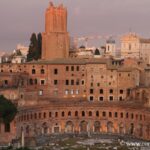 Built at the beginning of the 2nd century by Emperor Trajan and the architect Apollodorus of Damascus, the complex completed the sequence of the Imperial Fora and pushed the technical ...
Built at the beginning of the 2nd century by Emperor Trajan and the architect Apollodorus of Damascus, the complex completed the sequence of the Imperial Fora and pushed the technical ...
Information
| Imperial Forums Via dei Fori Imperiali, 00186 Rome |
Sources and information |

